The 6 best alternatives to squats
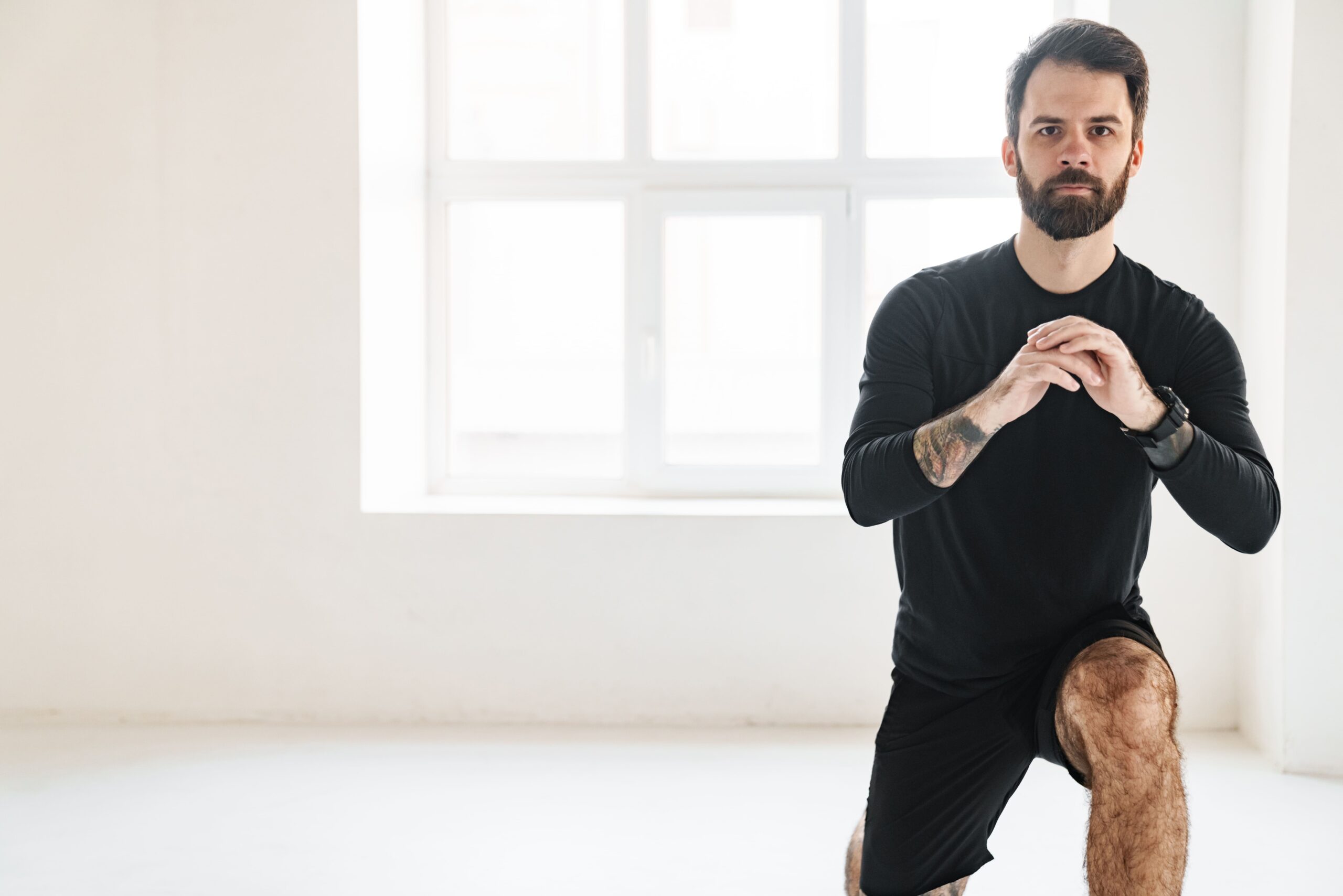
There is no question: Squats are an excellent exercise for strengthening the entire lower body. Whole muscle groups can be trained optimally with it. But those who exercise regularly achieve the most tremendous success with a varied program. So it is good that there are great alternatives to squats.
Squats are very effective
Probably there is no better exercise to train the entire musculature of the lower body. Squats make for stronger glutes. They strengthen the front and back of the thighs, lower back, and hip flexor muscles. There is hardly a sport in which these muscle groups are not used. Especially runners, ball athletes, and skiers benefit from them. But even those who only do it for fitness cannot avoid squats, as they provide a well-defined silhouette of the body.
There are great alternatives to squats
The question now is: Why alternatives to the squat when they are so effective? Here are a few arguments:
- Training should be as varied as possible, otherwise, stagnation will occur. With alternatives to squats, you can set new stimuli and improve your performance in squats.
- With the alternatives to squats, you also strengthen muscles that are used less or hardly at all in squats. These auxiliary muscles can improve your performance in many areas.
- In all the exercises listed below, in addition to strength, balance skills are also required. In this way, you strengthen the deep muscles, which are so important for back health.
The 6 best alternatives to squats
The following exercises train the same muscle groups that are used for squats. They are also ideal forThe following exercises train the same muscle groups that are used for squats. They are also ideal for building a stable foundation, as they also strengthen the essential deep muscles. Of course, it is also vital to do them in a technically correct way. If you train alone, you should work in front of a mirror. It is even better with a training partner or coach. You can integrate one, two, or even three of the following exercises into your fitness program. Whether you work with your own body weight or weight depends on your fitness level.The number of repetitions depends on your goals.
Glute bridge with weights
You lie on your back, bend your legs at right angles and place a weight on the lower abdomen. This can be a dumbbell, a barbell, or a weight plate. Press your feet firmly into the ground and then lift your pelvis until your thighs, hips and upper body form a line. Hold briefly and lower again without your bottom touching the floor.
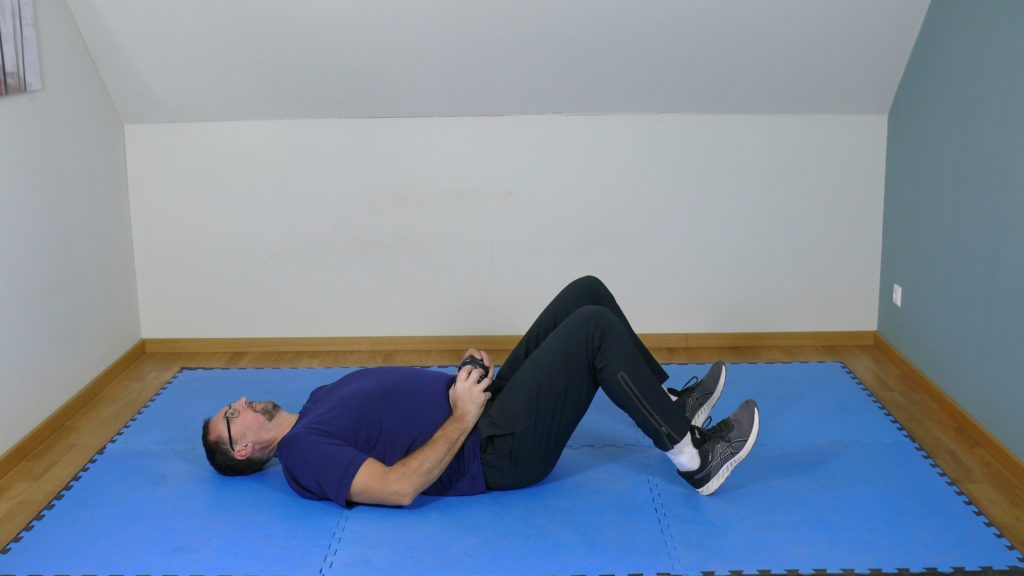
Starting position 
End position
Romanian deadlifts with weight
You take two dumbbells or a barbell in your hands, stand upright and hip-wide. Dumbbells or barbell rest on the thigh. With knees slightly bent, bend forward with the straight upper body until the barbells almost touch the floor. Then stand upright again with your upper body always straight.
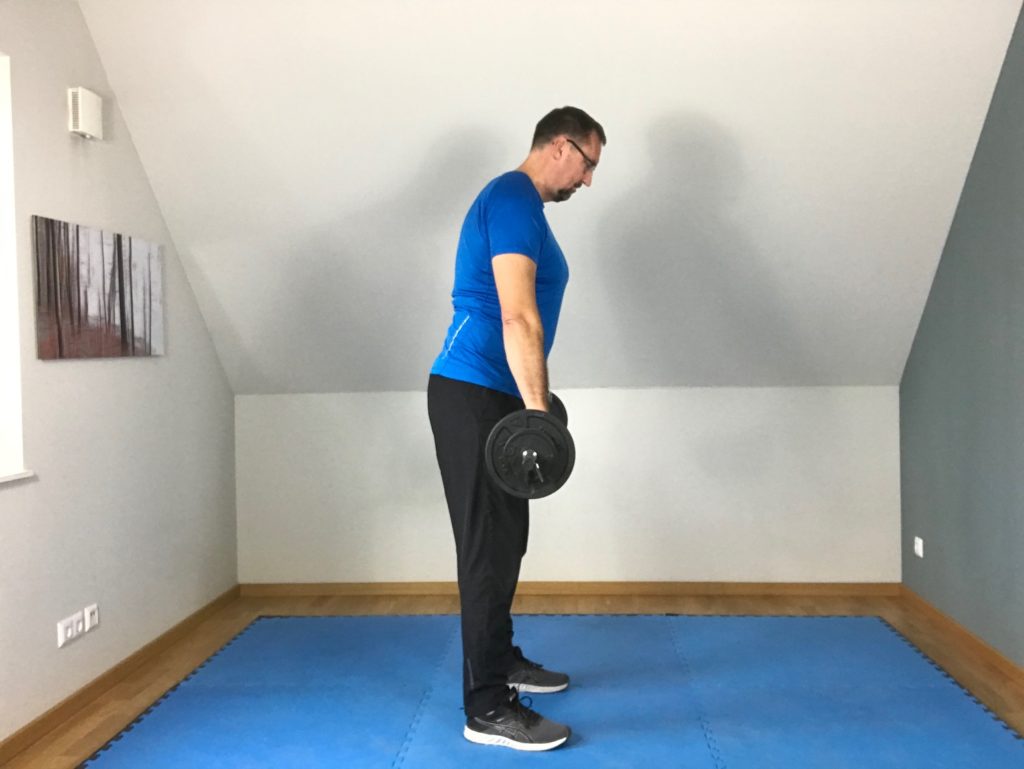
Starting postion 
End position
Step-ups with a barbell
You stand in front of a box or another sufficiently high stable elevation. Depending on your fitness level, you can work with your own body weight, hold two dumbbells in your hand or place a barbell on your shoulder. Then place your foot completely on the box and push yourself up in a controlled manner with your upper body straight until both feet are on the box. Then get off again. Then change the foot again and again.
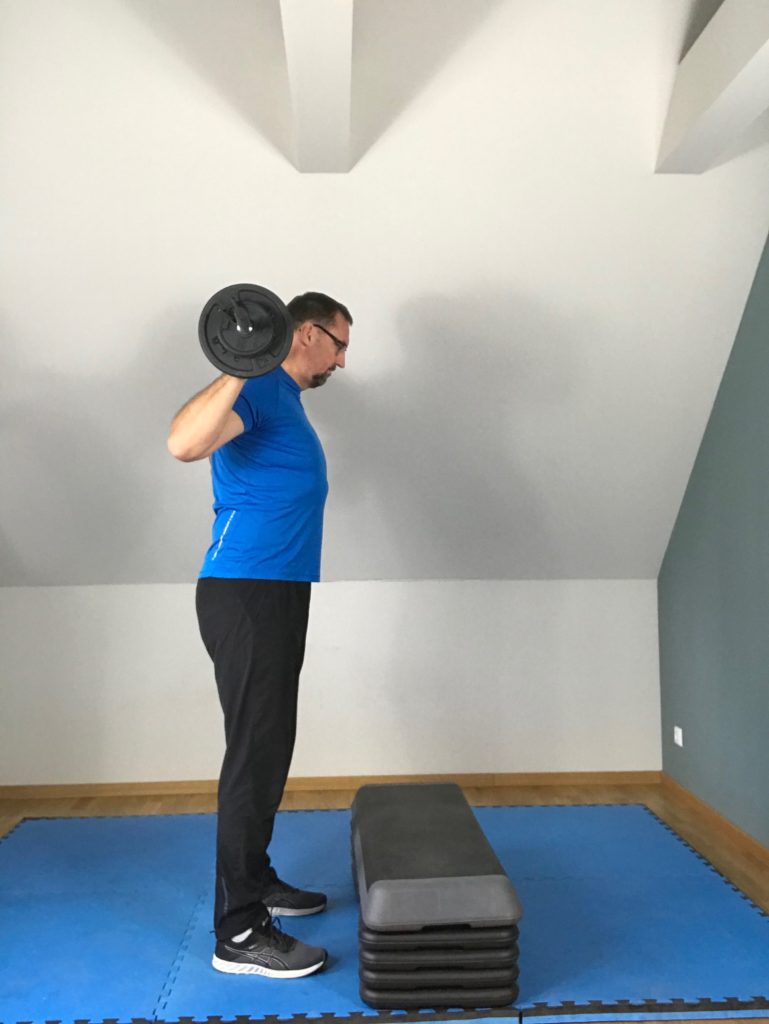
Starting position 
Foot on the elevation 
Endposition
Backward lunges
You stand upright and take a wide step back and bend your knees in a controlled manner. The back knee almost touches the ground. Hold briefly and then press up again in a controlled manner, always keeping your upper body upright, and place your feet next to each other. Then walk backward with the other foot. You can also work with weights.

Starting position 
End position
Side lunges
Depending on your performance, work with your own body weight, two dumbbells on the shoulder, or one barbell on the shoulder. You stand upright and shoulder-wide and then take a big step to the side. The knee of the bent leg must not protrude over the toes. The thigh of the bent leg is parallel to the floor. Then straighten up again in a controlled manner and make the side lunge with the other leg.
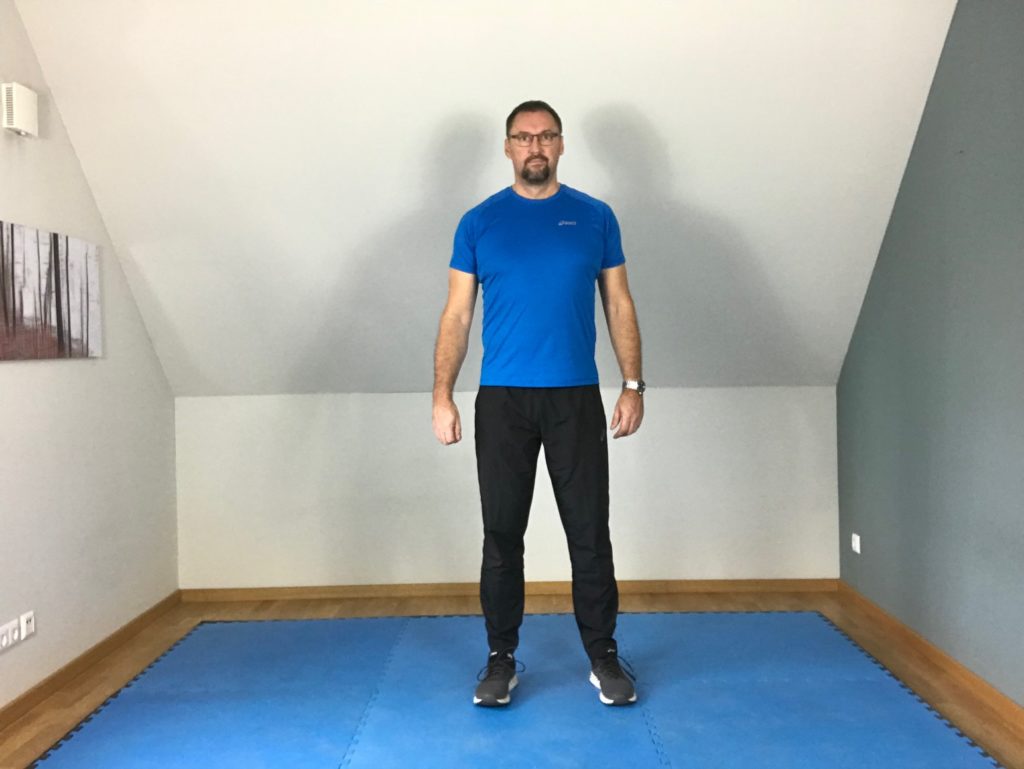
Starting position 
End position
Kettlebell Swing
Grasp the Kettlebell, or a dumbbell, and stand up shoulder wide. Then pull the Kettlebell strongly, go into extension and accelerate the Kettlebell. Knees, hips, and upper body are then fully stretched when swinging. Then let the dumbbell kneel down again, following the force of gravity, while at the same time bending forward with the upper body always straight. You stretch your buttocks backward.

Starting position 
Endposition
2 thoughts on “The 6 best alternatives to squats”